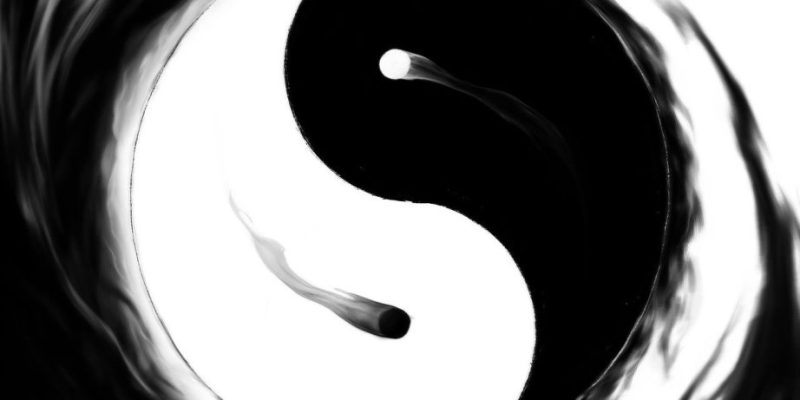
For those who engage in Breathwork exercises the question may arise what the difference is with the Pranayama breathing practices we find in Yogic traditions.

In a very simple explanation, we could say that contemporary Breathwork is basically a type of Pranayama, and based on the same principles, that is, applying conscious breath control in order to “achieve something,” in a general sense aimed at “improving our health and well-being.”
Of course, Pranayamas are millennia old practices in Indian Yoga and Indian spiritual enlightenment traditions, and precede modern Breathwork techniques, which — in their current forms — basically build on practices and therapies that emerged in the 1930s (Reichian Breathwork), further developed in the 1950s (Bioenergetic Analysis) and in the 1960s and 1970s (Rebirthing Breathwork and Holotropic Breathwork). Nevertheless, like Breathwork today, Pranayama is not just one breathing technique or method, but a large number of different techniques and exercises.
One of the differences with contemporary Breathwork is that Pranayama breathing techniques are usually integrated in other Yogic practices, and not commonly practiced as standalone activities. That is, they are typically part of a sequence of Yogic work that includes various Yoga exercises, such as engaging in Asanas, Chanting, Mudras, Bandhas, and meditation.
By contrast, Breathwork sessions are often applied as is — standalone and as the main element of sessions — although they may be part of a larger therapeutic endeavor, or combined with Neo-Shamanic elements of ecstatic dance, tribal music, drumming, touch therapy, imagery, among other elements.
Another thing is that modern Breathwork often focuses on emotional dearmoring and Catharsis, aligning itself with the modern needs of emotional and trauma release. In fact, many Breathwork modalities are in some way based on the work and insights of Wilhelm Reich, an Austrian physician and psychoanalyst.

It’s true, that over time, Breathwork modalities have arisen that rather focus on specific health issues, such as asthma, bronchitis, depression, anxiety, sleep disorders, allergies, high blood pressure, heart disease, diabetes, abdominal bloating, nasal and sinus problems, which explains the really absurd number of (often trademarked) Breathwork practices you find today.
What makes the discussion about differences between Pranayama and modern Breathwork somewhat blurred, is that contemporary Yoga teachers often position Pranayama in the same way as Breathwork (sometimes even actually labeling it Breathwork), that is, as a means of alleviating or healing a range of physical, emotional, and mental dysfunctions.
However, the many different Pranayama techniques in their original application basically only served spiritual uplifting i.e. spiritual enlightenment. They may sometimes seem to focus purely on physical aspects, but the real goal is that of preparation, cleansing and detoxification, mind control, concentration, and opening the Prana Energy Channels (Nadis) for an uninhibited Prana Vital Energy flow, all with an aim of coming to a proper meditation practice and spiritual growth.
















